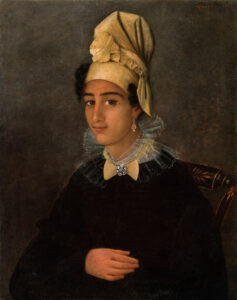Art
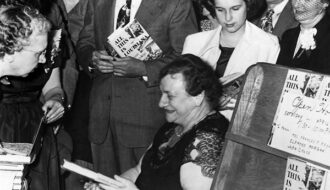
Elemore Morgan Sr.
Photographer Elemore Morgan, Sr., made an important visual record of mid-twentieth-century folkways, rural life, indigenous architecture, and landscapes in Louisiana.

Photographer Elemore Morgan, Sr., made an important visual record of mid-twentieth-century folkways, rural life, indigenous architecture, and landscapes in Louisiana.
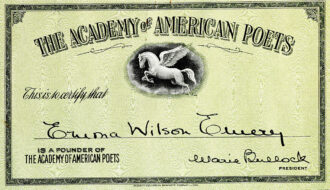
Louisiana’s first and longest-serving poet laureate, Emma Wilson Emery wrote poetry about romance, nature, and anti-war sentiments.

Essae Culver was a pioneering librarian and educator in an era when library service was beyond the ken of most rural Americans.
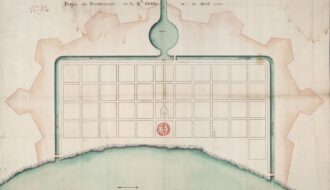
From 1727 to 1733 Etienne de Périer governed Louisiana as commandant-general for the Company of the Indies, which held a charter for the development of the Louisiana colony until 1731, and the French Crown.
The Evangeline League was a minor league baseball circuit in southern and central Louisiana in the first half of the twentieth century.
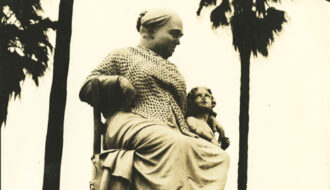
The Farm Security Photography project was a Depression-era program that resulted in images which provided a unique glimpse into the lives of working-class Louisianans as they struggled to survive.

The Federal Art Project and Federal Writers Project helped employ out-of-work artists and writers during the Great Depression.

The Federal Art Project was a Depression-era effort to bring art and artists into the everyday lives of Americans while simultaneously extending work relief to artists.

The Federal Writers Project in Louisiana produced oral histories, local guidebooks, and other writings between 1935 and 1939.
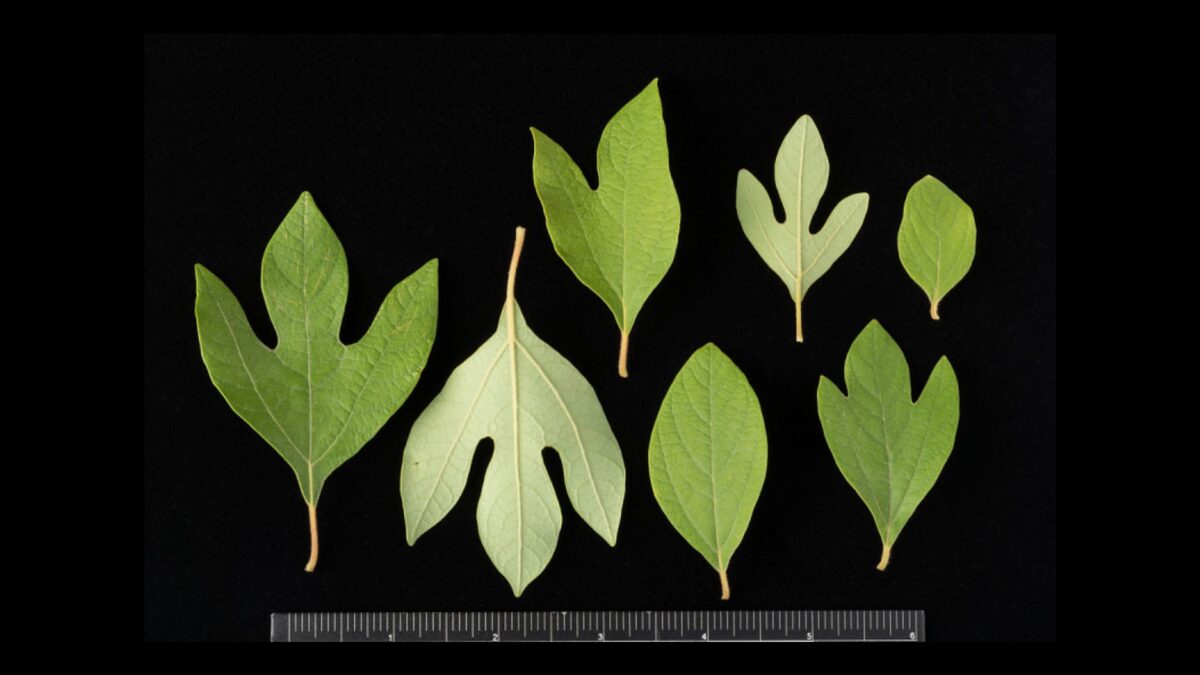
Filé, also known as filé powder or gumbo filé, is a seasoning and thickening agent made from dried and finely ground sassafras leaves.
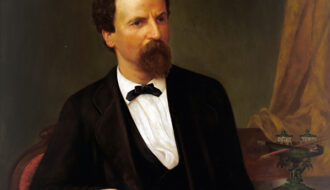
Francis Nicholls served two nonconsecutive terms as governor of Louisiana from 1877 to 1880, and again from 1888 to 1892.
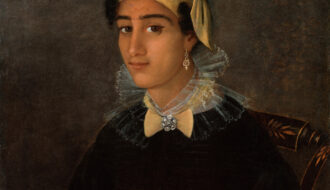
Free people of color constituted a diverse segment of Louisiana’s population and included people that were born free or enslaved, were of African or mixed racial ancestry, and were French- or English-speaking
One-Year Subscription (4 issues) : $25.00
Two-Year Subscription (8 issues) : $40.00
